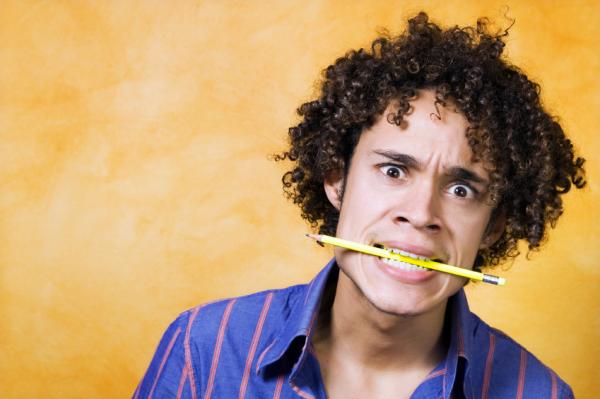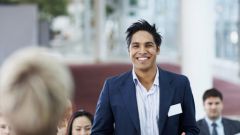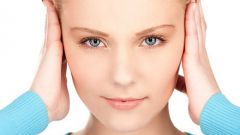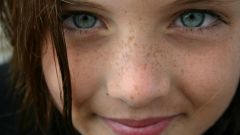Instruction
1
Rate your own face. To do this, take a small pocket mirror and try to keep it always at hand. From time to time you should present what you now face, and then compare your guess with the reflection in the mirror. The results can be staggering and you will not be able to deal with what expression can sometimes purchase your face.
2
Try to relax. Close your eyes just for a moment, relax your facial muscles as possible, paying special attention to the lips and chin. Opening his eyes again, look in the mirror and look at what happened and determine how you feel and what you feel.
3
Daily train specific groups of muscles of the face, it would be nice to repeat the anatomy, in order to better manage the process.
4
Start with the development of the mobility of the lips and eyebrows are the most expressive part of the face, then work on the cheeks and forehead. Each exercise that you choose, just be sure to start a warm-up: spoil your face with your hands, move your muscles from side to side.
5
And try to honestly answer the following questions: what do you think, if you managed to relax your face? Have you felt the facial muscles and their "weight"? If the answer to all these questions is positive, then the ability to control the facial expressions you have almost in your pocket. The case for practice!
Note
All used to be afraid of active facial expressions, it is believed that moving the facial muscles are the culprits for early wrinkles, but why didn't anyone think about what is more important to enjoy the emotions that are reflected on your face.
Facial expressions, by definition, is a kind of change of the human face, the contraction of certain muscles. While of great importance, and eyes, and movements of the body as a whole: nods head, turning the body, the position of the shoulders...
At the beginning of your training will ensure that facial expressions are consistent with your verbal statements, because otherwise it is not perceived.
Facial expressions, by definition, is a kind of change of the human face, the contraction of certain muscles. While of great importance, and eyes, and movements of the body as a whole: nods head, turning the body, the position of the shoulders...
At the beginning of your training will ensure that facial expressions are consistent with your verbal statements, because otherwise it is not perceived.








